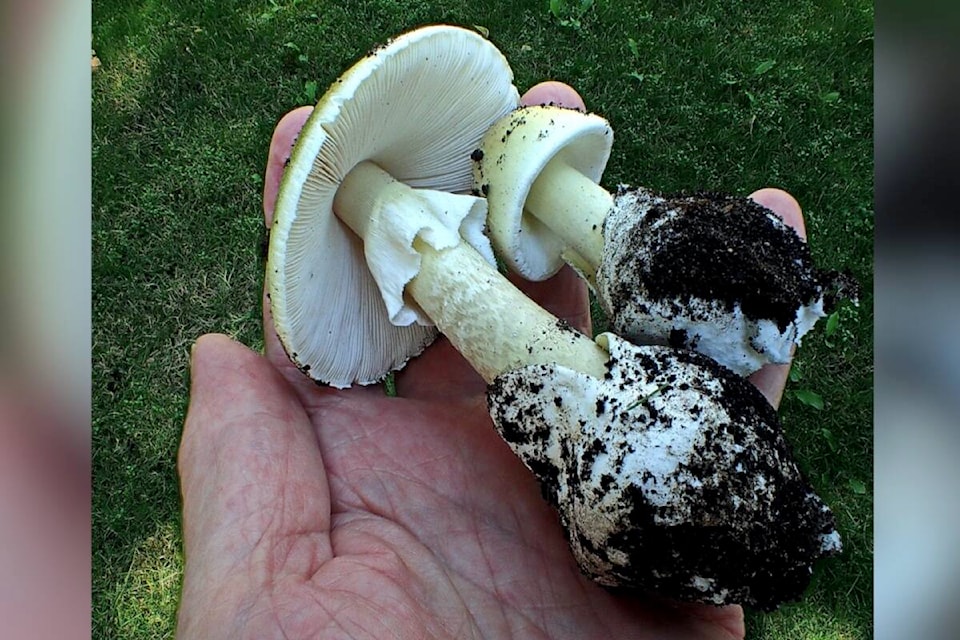While it seems early in the season, a death cap mushroom warning posted online has Oak Bay parks staff on the lookout.
A resident shared a warning on social media that they’d found the highly toxic fungus Amanita phalloides, which appeared in July last year in the community. Ingesting the mushroom can lead to severe illness or death and is especially dangerous for children.
“The big key message is, make sure that you are 1000 per cent sure the type of mushroom you decide to pick is edible,” said Oak Bay parks manager Chris Hyde-Lay.
In 2016 a Victoria three-year-old died after ingesting a death cap mushroom.
Common in Oak Bay and across Greater Victoria, the death cap typically grows under various species of imported trees such as hazelnut, hornbeam, beech, linden, sweet chestnut and oak. Because the trees are hosts, the mushrooms come back every year unless the host tree is removed, Hyde-Lay said.
Oak Bay parks removes them from municipal property every year and the district warns residents to be on the lookout.
Death caps are pale and yellowish in colour with a large cap and skirting underneath. They often have a sweet, honey-like smell and grow in irrigated areas with host trees.
The district has yet to document any yet this year.
To remove death cap mushrooms, wear gloves and wash hands thoroughly after handling them. The mushrooms should be put in the garbage and not in compost or food recycling.
Anyone who may have ingested a poisonous mushroom should go to the nearest hospital or call 911 or the Poison Information Centre at 1-800-567-8911. Try to keep a sample of the mushroom for testing.
For more information visit the B.C. Centre for Disease Control and Poison Control Centre at bccdc.ca.



